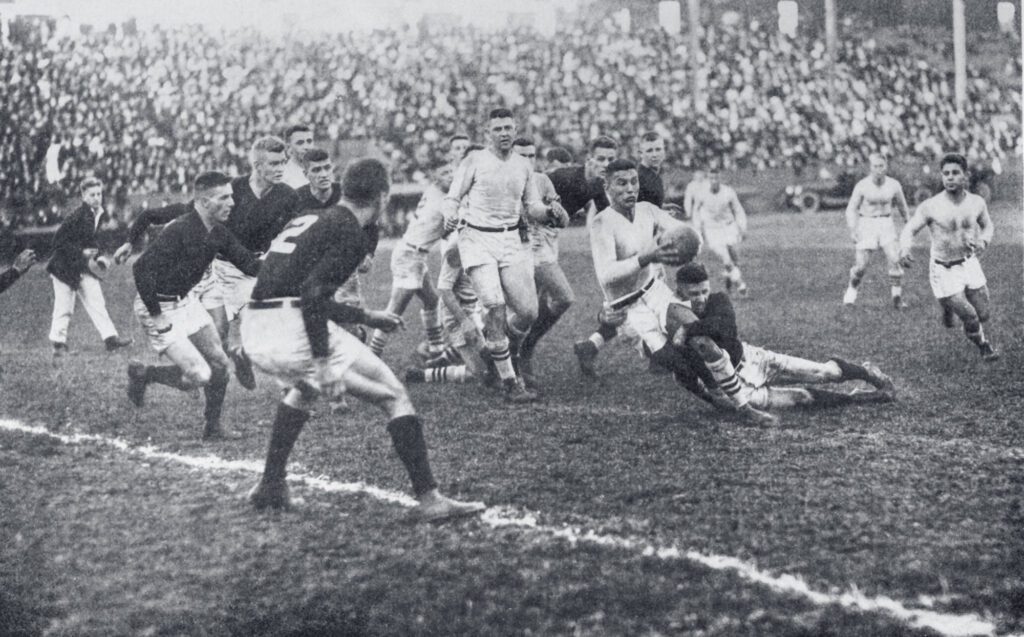There is no other sport in the United States that generates as much interest during regular-season games and as much regret when it is no longer played. From September through February, America lives, breathes, and eats football. The sport is played at a high level anywhere during the weekend, from NFL Sunday to College Football Saturday.
Due to an increase in annual mortality in American football colleges in California moved to rugby as their primary sport. By 1920, all universities had returned to playing American football. Their knowledge, on the other hand, helped the United States capture the gold medal in rugby at the 1920 and 1924 Olympic Games.
The Game Of Death
In 1905, American football was in a state of flux. There were far too many young men who died while playing football, and no one was doing anything meaningful to lessen the hazards. Football Year’s Death Harvest – Record Shows That Nineteen Players Have Been Killed; One Hundred Thirty-seven Hurt – Two Are Slain Saturday, screamed the headline at the top of the right-hand column of The Chicago Sunday Tribune on November 26, 1905.
The exact number of football fatalities on the playing field in 1905 is unknown, but young men were dying playing football.
That meant college football at the time. The National Football League was formed fifteen years later in a Hupmobile dealership in Canton, Ohio. In the first decade of the twentieth century, there was semi-professional and club football, but those were local games played by grown men, which was a different matter. College football, on the other hand, was attracting tens of thousands of spectators to games, joining baseball and horse racing as the most popular sports at the time.
On that particular Saturday, 16-year-old Robert Brown took off on a run around the end of a game in Sedalia, Missouri, when he was met with strong opposition. Brown was thrown heavily upon the ground, alighting on his neck and shoulders, according to an account in the Mexico Missouri Message, and he never regained consciousness. (Source: Stanford Magazine)
Football in College During the Early 1900s
Upon hearing the news, New York University Chancellor H.M. McCracken wired Harvard University President Charles W. Eliot, calling for a meeting of heads of universities, with the object of reforming or abolishing the game.
The game in 1905 would be hard to identify as football today. Because there was no forward passing, the ball resembled a watermelon. A first down required only five yards, and the typical strategy was to bludgeon the opposition in order to gain that valuable fifteen feet of territory. The most common strategy was to lead the ball carrier into the line with a flying wedge, where players would interlock their arms and form a battering ram. Players wore no padding, helmets, or other forms of protection.
1905 was not an outlier. The Washington Post reported 45 football-related deaths in the previous five years. The most common causes were internal injuries or broken necks and spines. While primitive medical practices undoubtedly contributed to some of these deaths, there were far fewer boys playing football in 1905 than there are today. (Source: Daily History)
